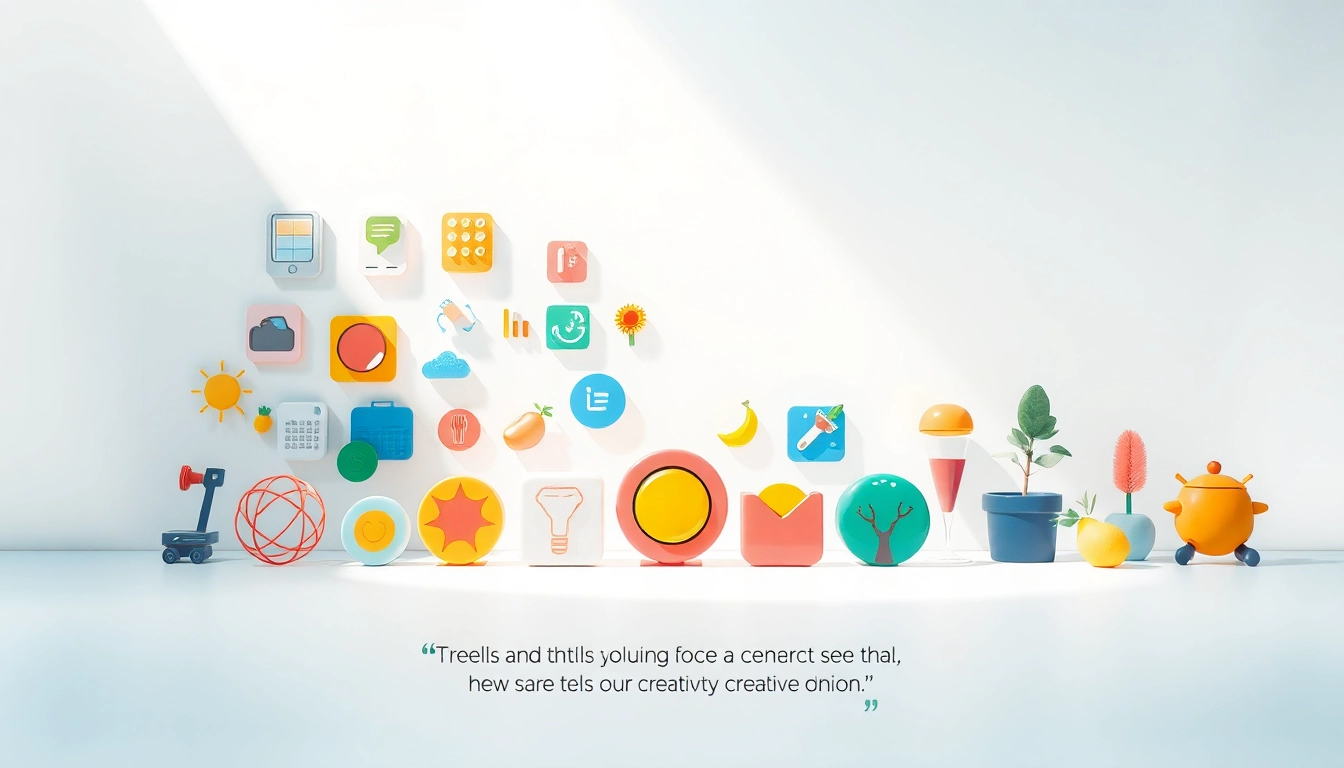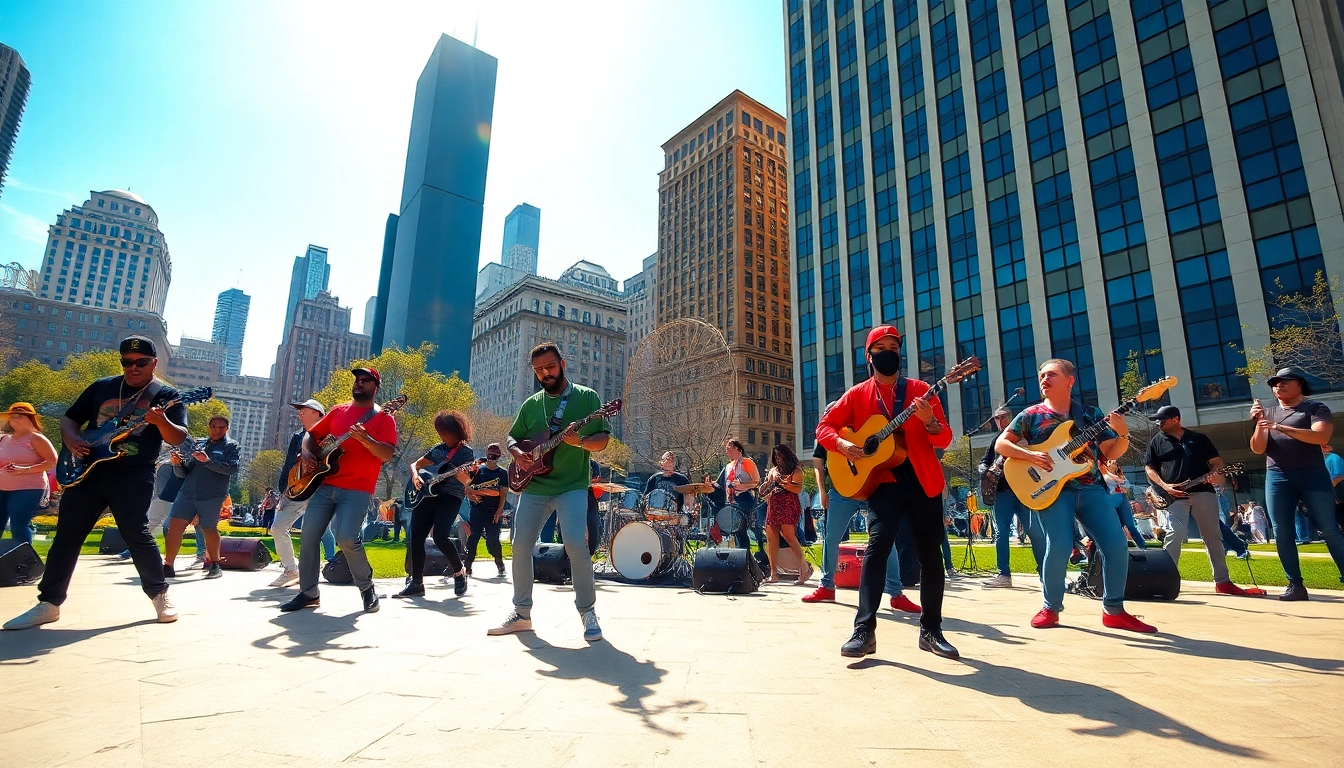Understanding Music Pitching
In the ever-expanding landscape of the music industry, effective music pitching has become paramount for artists looking to gain traction. From indie musicians to established names, the ability to pitch music successfully can determine the difference between obscurity and visibility. But what exactly is music pitching, and why is it so vital? Let’s dive into the essentials.
What is Music Pitching?
Music pitching involves the act of presenting your music to industry professionals, including playlist curators, record labels, radio stations, and music blogs, with the goal of gaining exposure and opportunities. It is about crafting a narrative around your music that resonates with the target audience. A successful music pitch goes beyond just sending your songs; it is an art form that combines storytelling, marketing strategy, and a deep understanding of the music business.
The Importance of Effective Music Pitching
Effective music pitching is a crucial part of a musician’s promotional strategy. It can lead to placements on popular playlists, media coverage, and connections with influencers who can amplify the artist’s reach. In an environment saturated with new releases, a well-crafted pitch helps artists stand out from the crowd, increasing their chances of success. Moreover, pitching can facilitate networking opportunities, opening doors for collaborations and performances that may not have been possible otherwise.
Common Misconceptions about Music Pitching
Despite its significance, there are several misconceptions surrounding music pitching. One common myth is that anyone can simply spam their music to industry contacts and expect fruitful results. In reality, cultivating a personal relationship and understanding the needs of the recipient is essential. Another misconception is the notion that music pitching is only for established artists; in fact, independent musicians can leverage pitching as a vital tool for growth.
Best Practices for Music Pitching
Now that we’ve established a foundational understanding of music pitching, it’s essential to explore best practices that can enhance the effectiveness of your pitches.
Crafting Your Pitch: Key Components
When crafting your pitch, consider including the following key components:
- Personalization: Tailor your pitch to each recipient. Mention their previous work, preferences, or how your music aligns with their content.
- Clear and Concise Message: Articulate your main points succinctly. A busy curator may not have time to read lengthy emails, so stick to the essentials.
- Sound Cloud/Link to Music: Provide direct links to your music, preferably through sound streaming platforms like SoundCloud or Spotify.
- Biography: Include a brief artist bio that highlights relevant achievements, press coverage, or unique aspects of your music that may intrigue the recipient.
- Call to Action: End your pitch with a specific request, whether for feedback, a playlist feature, or simply a response.
Timing Your Music Pitch
Timing plays a crucial role in music pitching. It’s crucial to submit your music with enough lead time, usually at least two weeks before your release date. This allows curators and influencers the necessary time to evaluate your music and give it the attention it deserves. Consider key dates, such as major music festivals or seasonal trends, to strategically pitch your music for maximum impact.
Choosing the Right Platforms for Your Pitch
The platforms you choose to pitch your music can significantly affect your success. Use reputable music submission services, such as SubmitHub or DailyPlaylists, which allow you to target specific playlists and blogs that align with your genre. Additionally, establish a presence on social media channels, as curators often scour platforms like Instagram, Twitter, and TikTok for emerging artists and trends.
Building Relationships within the Industry
Strong connections within the music industry can offer a substantial advantage in music pitching. Building and maintaining these relationships takes time and effort but can yield long-term benefits.
Networking Tips for Musicians
Networking in the music industry is invaluable. Attend music conferences, workshops, and local gigs to meet fellow musicians, industry professionals, and potential collaborators. Engage with others in your community, both online and offline. Networking isn’t just about making contacts; it’s also about establishing genuine relationships built on trust and mutual benefit.
Engaging with Playlist Curators
Playlist curators can be influential in promoting your music, so it’s vital to interact with them respectfully. Follow their playlists on streaming platforms, share their music, and engage with them on social media without being overly intrusive. When you do pitch, mention any prior interactions or engagements to establish common ground and show that you value their curatorial work.
Leveraging Social Media for Music Pitching
Social media is an incredibly powerful tool for music pitching. Use platforms such as Instagram, Twitter, TikTok, and Facebook to share your music, engage with your audience, and build your brand. Create engaging content, such as behind-the-scenes footage, music videos, or personal stories related to your songs. Moreover, use hashtags wisely to enhance visibility and attract the attention of curators searching for new music.
Tools and Resources for Effective Music Pitching
Utilizing the right tools and resources can streamline your music pitching efforts, making the process more efficient and effective.
Essential Platforms for Music Submission
Consider these platforms when submitting your music:
- SubmitHub: A marketplace where you can submit your music to blogs, playlists, and influencers.
- Daily Playlists: Allows you to pitch your music to a vast array of curated playlists across different genres.
- Groover: Connects artists with curators, bloggers, and journalists who are actively seeking new music.
Automation Tools to Streamline Your Music Pitching
Automation can save you time and ensure that you maintain consistent outreach. Tools like Hootsuite or Buffer can help schedule your social media posts, while email marketing platforms help manage pitches to multiple contacts at once. Setting up automated responses can also streamline communication processes with potential supporters or curators.
Analytics for Measuring Your Pitching Success
Analyzing the effectiveness of your pitches is crucial. Use analytics tools provided by music platforms (like Spotify for Artists) to track how your music performs after pitching. Metrics such as streams, saves, and playlist placements can provide insight into the success of each pitch and help you adapt your strategy moving forward.
Catering Your Music Pitch to Different Audiences
Understanding your audience is essential when crafting targeted pitches.
Pitfalls to Avoid in Music Pitching
Avoid common pitfalls such as:
- Generic Pitches: Sending the same pitch to everyone can make you appear unprofessional. Always personalize your outreach.
- Lack of Follow-Up: If you don’t hear back after a reasonable amount of time, it’s acceptable to send a polite follow-up message to check in.
- Disregarding Feedback: If you receive feedback, whether positive or negative, take it seriously and use it to refine your future pitches.
Customizing Pitches for Various Genres
Different genres have different expectations and norms. Research the specific elements that resonate within each genre to tailor your pitch appropriately. For example, if you are pitching a country song, referencing specific themes or stylistic elements relevant to country music can enhance your pitch’s appeal. Adapt your language and presentation to align with the genre’s culture and audience.
Case Studies: Successful Music Pitch Examples
Examining successful case studies can illuminate best practices in pitching. For instance, an indie band pitched their music by aligning their new single release with a seasonal playlist geared towards summer road trips. They targeted curators known for creating such playlists, resulting in multiple features and increased streaming. This example underscores the effectiveness of targeted pitches that consider both timing and audience.














Leave a Reply